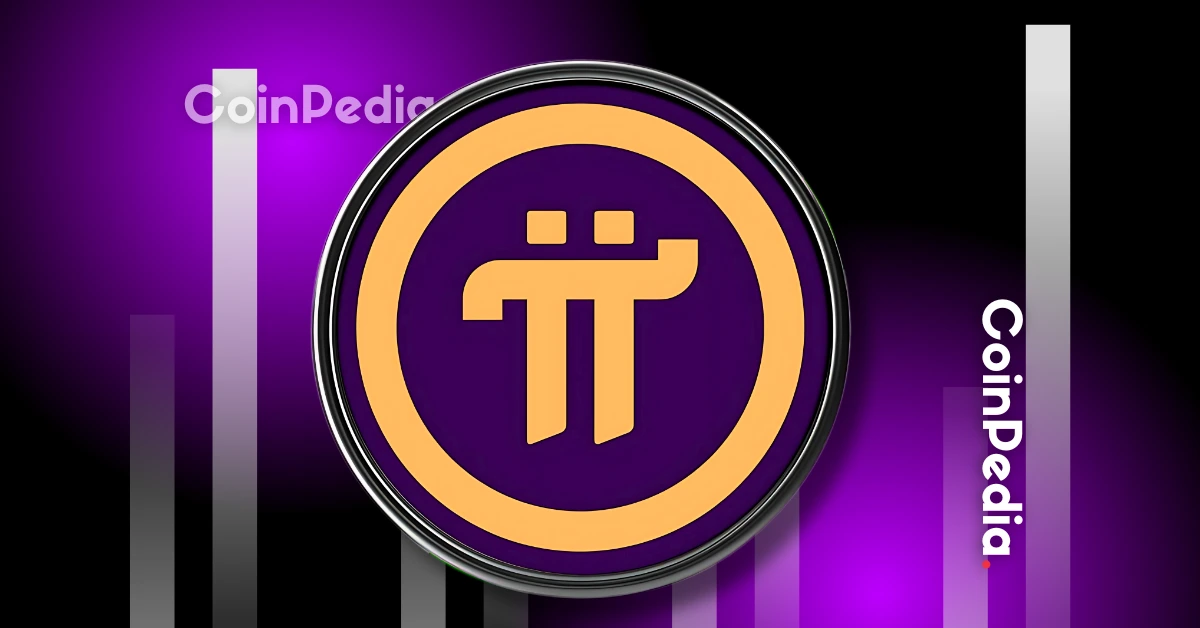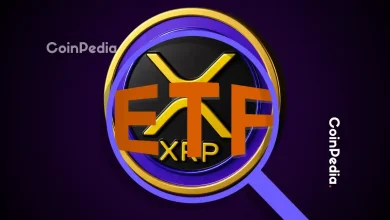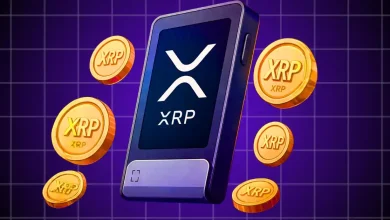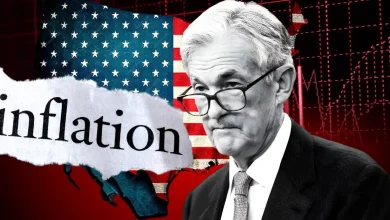Pi Network Flashback: Before Pi Price Fell 91%, the Founders Explained Their Entire Plan
-
 PI $ 0.2008 (0.46%)
PI $ 0.2008 (0.46%)

Pi Network’s founders reveal the original vision: real utility, mobile mining, and a global ecosystem—not crypto speculation. Will PI finally unlock true Web3 adoption?
Pi wasn’t built for traders but for everyday users. With no ICO and a utility-first design, the project aims to power real-world payments and drive the next wave of blockchain growth.
Pi Network has returned to making headlines again. The token is trading around $0.26, up roughly 67% from its October low but still far below its $2.98 peak from February. With frustration rising among Pioneers over the lack of a concrete roadmap, many are revisiting what Pi was originally meant to become.
Three years ago, during an in-depth discussion, co-founders Dr. Chengdiao Fan and Dr. Nicolas Kokkalis laid out a vision that now feels like a forgotten blueprint. Their comments offer rare clarity into what Pi was supposed to be long before price debates took over.
Pi Was Never Designed for Investors
Dr. Chengdiao Fan made one idea unmistakably clear. Pi was not built for crypto traders chasing returns. It was created for everyday people.
She explained that the project’s mission was to make cryptocurrency accessible by lowering financial and technical barriers. In her words, Bitcoin had become “too expensive” and too complicated for ordinary users.
Pi’s answer to this problem was simple: mining through a mobile phone. No rigs. No electricity bills. No specialized knowledge.
The Vision of a Real Utility Ecosystem
At the core of Pi’s long-term plan was an ecosystem where goods and services could be exchanged using PI. The founders imagined a marketplace similar to traditional Web2 products but powered by blockchain.
Pi was supposed to be used for practical value, not trading speculation. Users would spend it on real-world needs, hire freelancers, pay for services or buy goods inside a growing ecosystem. According to Fan, the token’s purpose was “practical benefits,” not price-driven returns.
No ICO, No Token Sales and No Cashing Out
Both founders repeatedly stressed that Pi avoided the typical early crypto mistakes. Pi never held an ICO, never sold its tokens and never used PI to raise funds.
Instead, the team operated like a traditional Silicon Valley startup, raising equity funding rather than selling coins. They believed early token sales created artificial hype and unhealthy expectations—problems that plagued many crypto projects.
The Mobile-First Future of Crypto Mining
Dr. Kokkalis argued that mobile mining was not just a convenience but the future of blockchain participation. The world had evolved since Bitcoin’s creation in 2009. Billions of people now rely solely on mobile devices, meaning any crypto ecosystem ignoring mobile users was inherently excluding most of the planet.
Pi’s design aimed to welcome those who had no computers, no banking access and no way to acquire Bitcoin. It was a direct response to the real world, where accessibility often decides adoption.
The Founders’ Long-Term Dream
In the long run, Pi aimed to unlock the possibilities of smart money, micropayments, micro-escrows and digital interactions that traditional finance could never support.
The founders envisioned Pi as a bridge between advanced blockchain innovation and ordinary people. They wanted a network where a student in one country could pay a freelancer in another directly with PI, instantly and without banking limitations.
Never Miss a Beat in the Crypto World!
Stay ahead with breaking news, expert analysis, and real-time updates on the latest trends in Bitcoin, altcoins, DeFi, NFTs, and more.
FAQs
Pi Network is a mobile-first cryptocurrency project designed for everyday use, not speculation. Its goal is to make digital money accessible by allowing people to mine coins on their phones.
You mine Pi by simply pressing a button every 24 hours in the mobile app. It requires no special hardware, uses minimal battery, and does not drain your data plan.
No, Pi Network never held an ICO or sold its tokens to the public. The project was funded like a traditional startup to avoid hype and focus on long-term ecosystem growth.
Trust with CoinPedia:
CoinPedia has been delivering accurate and timely cryptocurrency and blockchain updates since 2017. All content is created by our expert panel of analysts and journalists, following strict Editorial Guidelines based on E-E-A-T (Experience, Expertise, Authoritativeness, Trustworthiness). Every article is fact-checked against reputable sources to ensure accuracy, transparency, and reliability. Our review policy guarantees unbiased evaluations when recommending exchanges, platforms, or tools. We strive to provide timely updates about everything crypto & blockchain, right from startups to industry majors.
Investment Disclaimer:
All opinions and insights shared represent the author's own views on current market conditions. Please do your own research before making investment decisions. Neither the writer nor the publication assumes responsibility for your financial choices.
Sponsored and Advertisements:
Sponsored content and affiliate links may appear on our site. Advertisements are marked clearly, and our editorial content remains entirely independent from our ad partners.








